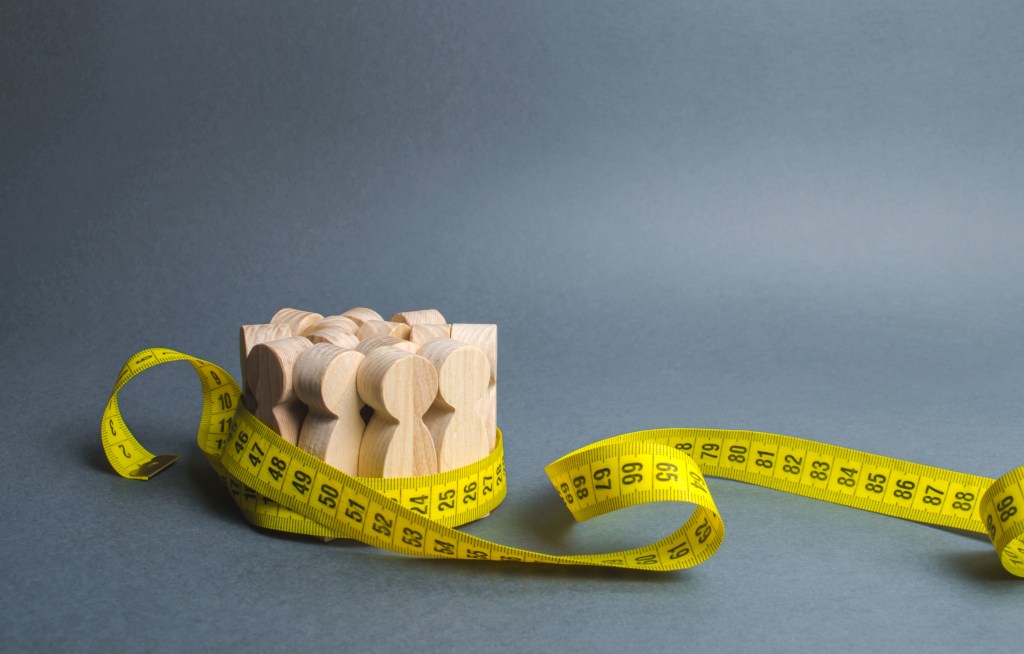Preparing a Home Inventory Before Storm Season Eases the Path to Faster Claim Settlements
With hurricane season a concern and unpredictable weather on the rise, homeowners’ losses can be devastating. After your insureds submit a claim, the insurer will request they document their damaged contents. Remind your insureds that homeowners’ claims are always much easier to settle if they prepare a home inventory before they experience a loss. Now is a perfect time to remind your insureds to create a home inventory. With today’s sophisticated cell phone cameras, it may be as simple as walking through the house and videoing contents with accompanying verbal descriptions. There are many online tools available, as well.
|
The National Weather Service cited an article recently that found that tornado frequency may be increasing in the U.S. Previously, insurers referred to “Tornado Alley,” – the Great Plains. Today, this new study finds that the “Dixie Alley” – Mississippi through Tennessee and Kentucky, including southern Indiana, may be the new tornado hotspots. No matter where your insureds live, many hazards lurk – floods, wildfires, tornados, hurricanes, and home burglaries. A home inventory can help your insureds after a loss, when they are often least equipped to be thinking logically. When it looks like rain Devastating storm damage or a fire can lock your insureds out of their homes, sometimes for months. One of my agent friends had a small kitchen fire when his daughter decided to cook tacos for the family. When I asked him what had happened, he replied glumly, “She’s trying to kill us!” They were out of their home for more than nine months. Relocating after a storm, even temporarily, brings many problems, including finding lodging that allows family pets. The lastthing your insured needs after a major storm or fire loss is the preparation of a home inventory, yet that is exactly what they will face. A thorough home inventory can make the claims settlement process much, much easier on your insureds. Here are some recommendations you can give your insureds. Make a list Your insureds should list all their possessions by logical categories. For example, list all appliances, all business property, all clothing, or all kitchen appliances. This is where home inventory templates can help. If your insureds make a physical inventory, they should store a copy away from their homes in the unlikely event of a total loss. Even using an excel spreadsheet can be a straightforward way to make an inventory. Take time to document In today’s cell phone world, one of the easiest approaches to inventory management is to photograph or videotape each item, adding a brief description. If your insured is narrating, he or she can add the age, purchase price, and with antiques or scheduled items, the approximate current value. This can help the insured to prepare a running total to help ensure they have sufficient contents coverage. Remind them to open doors, look in storage boxes (this might encourage them to manage those old family photos), as well as look in the basement and attic if they store things there. An annual inventory update makes it easier to track possessions and increase coverage when needed. There are several applications that download to your clients’ phones. The National Association of Insurance Commissions offers an online home inventory application for both Androids and iPhone. Remember that adage, “A picture’s worth a thousand words.” Remind your insureds of personal property policy limitations Personal property limitations in the various homeowners forms can leave your insureds facing uninsured losses. Remind your insureds often that if they have the following assets, they should review their policies to determine any limitations, and contact you to discuss scheduling specialized personal property that exceeds these limitations.
Antiques, jewelry and collectibles are tricky to value and usually require appraisals. Avoid listing personal property contents limits assuming all your insureds have HO-3 or HO-5 forms. Simply discuss the categories that can be problematic and ask them to call you if they would like more information. This creates an opportunity to update their information and inform them of other critical issues such as coinsurance penalties and limits of liability. Be sure to check their forms for replacement cost on contents. Facing a loss without replacement cost coverage can be costly to your insureds. After your insureds experience a loss, they do not want to scramble to build an inventory. Some preparation now can save them a lot of time and frustration after a loss. There are many good home inventory templates out there, including this one from the South Carolina Department of Insurance. Review these tools or search “home inventory templates” on your favorite search engine for more examples. Update your social media or email campaign with these entries
Any time is a suitable time to inform your insureds Look for events to reach out to your customers such as Independence Day and seasons like fire season that carry special hazards. The more you can educate your insureds on their policies and perils they may face, the more you gain opportunities to better protect their assets and reduce your errors and omissions exposure. First published: June 17, 2022 |
Copyright © 2025, Big “I” Virtual University. All rights reserved. No part of this material may be used or reproduced in any manner without the prior written permission from Big “I” Virtual University. For further information, contact nancy.germond@iiaba.net.









